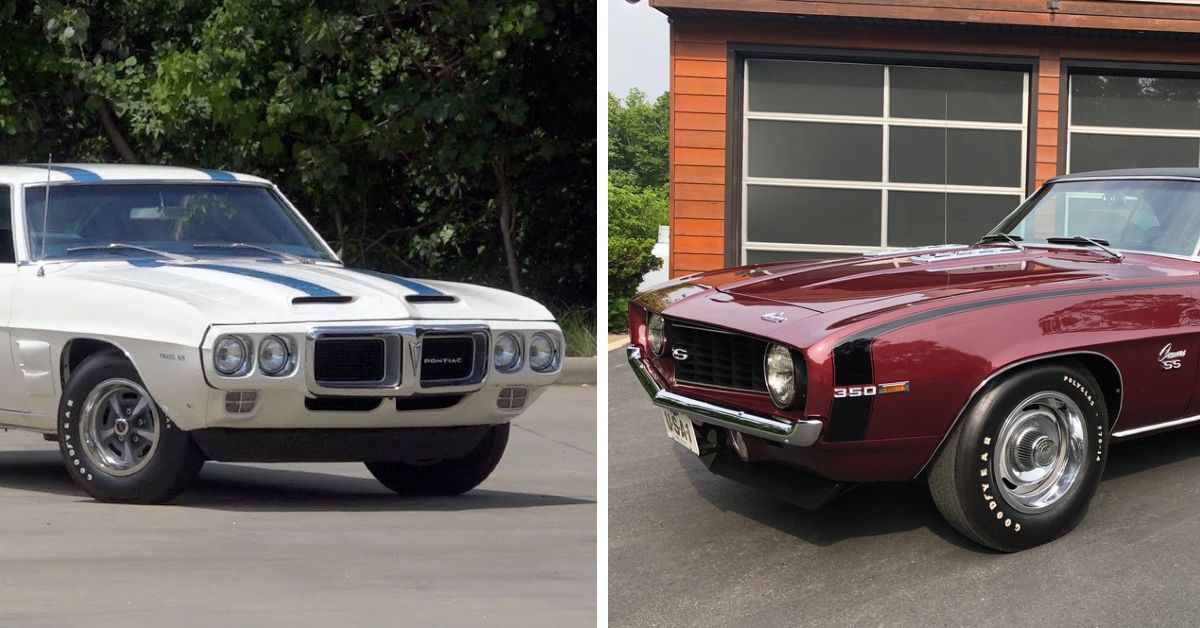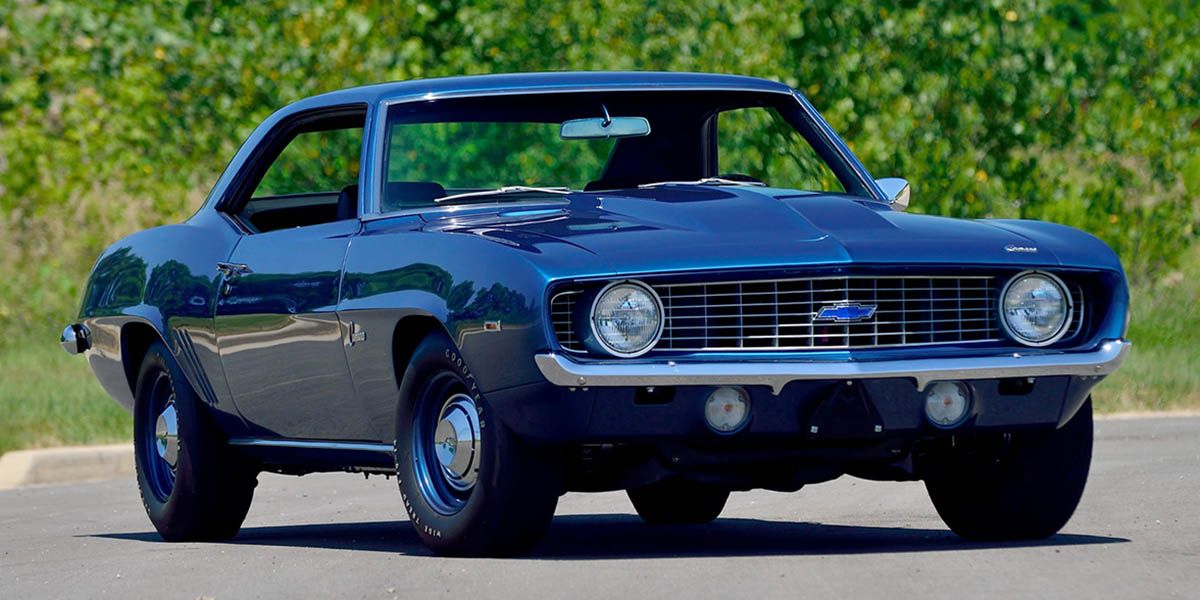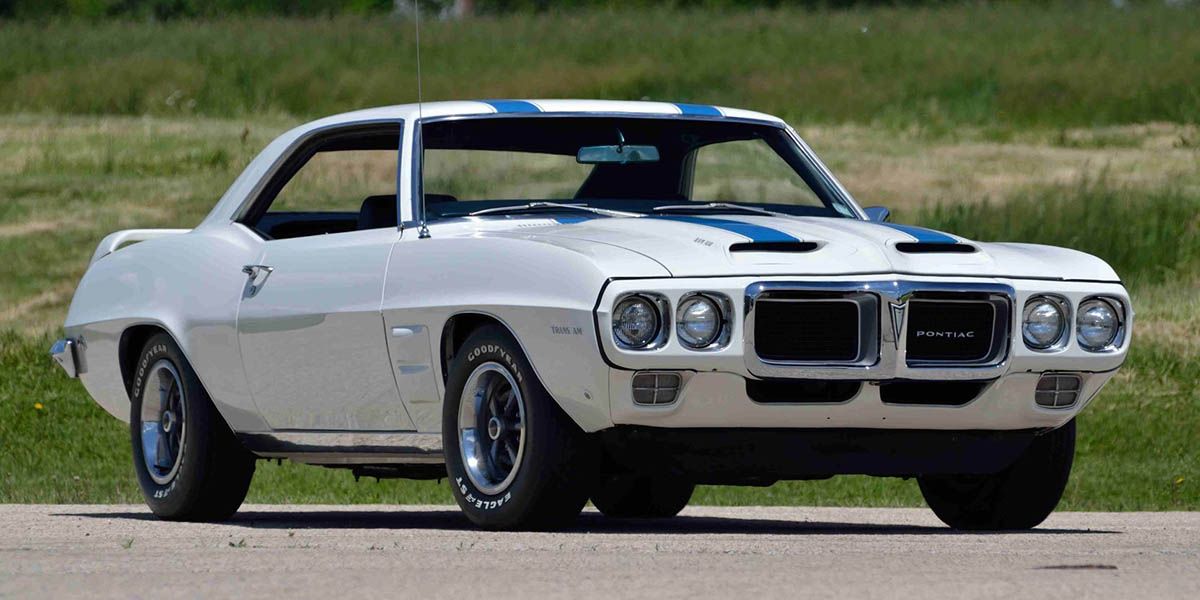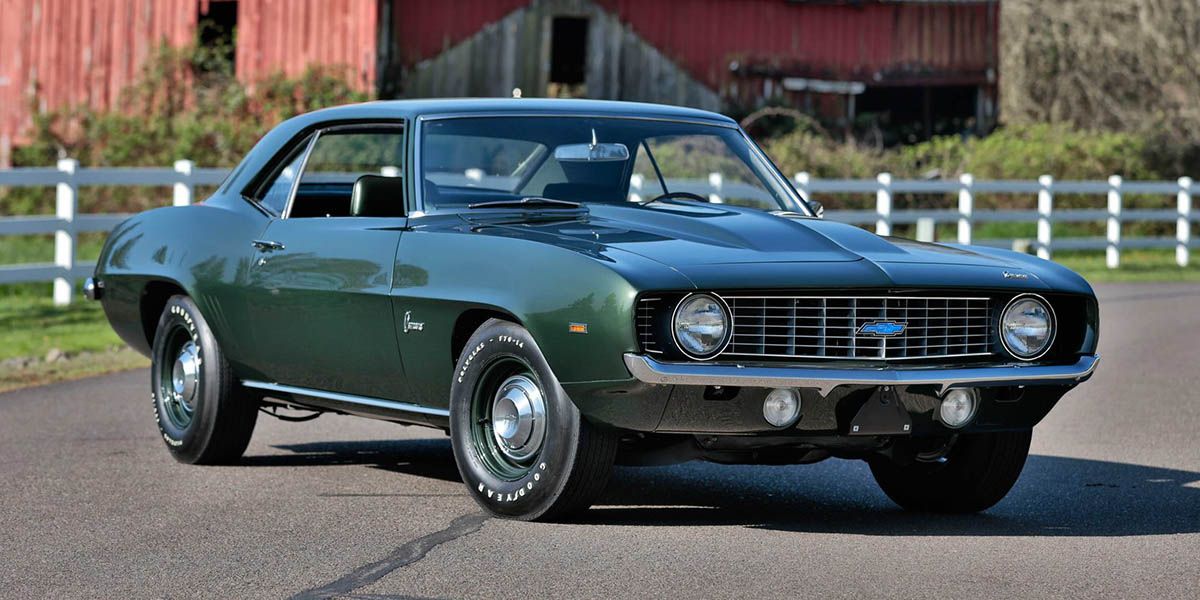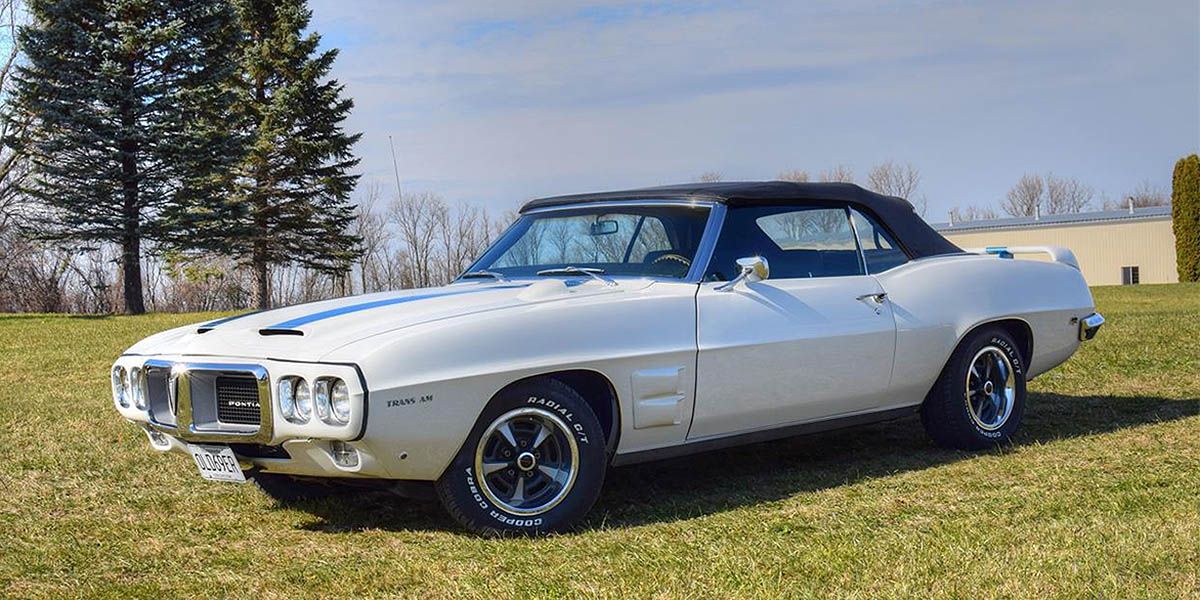After the sheer muscle shown by the Pontiac GTO and the likes, the muscle car era officially began in 1964, coming to a peak in the late 60s. No wonder GM decided to leverage more out of it by introducing its pony cars that could appeal more to the public because of their affordability.
Also, Ford Mustang's sheer awesomeness proved that muscle could be pony and do just about as well. Enter Chevrolet with Camaro in 1967, and soon after Pontiac followed suit in 1969 with the Pontiac Firebird Trans Am. Both cars have their fans and critics and their cool factor of the ‘60s.
But with Chevrolet and Pontiac being sibling brands of GM, which of the two cars won the sibling rivalry and why? Let's find out...
The Birth Of The Camaro & The Pontiac Firebird Trans Am
Chevrolet brought in the Camaro as a direct competitor to the Ford Mustang, and during the announcement of the launch, Chevrolet product managers talked big, calling the Camaro a small, vicious animal that eats Mustangs for breakfast. Launched in 1966 as the 1967 model, the first generation of Chevrolet Camaro lasted till 1969.
The Pontiac Firebird, of which the Trans Am was a package, also followed a similar trajectory. Its launch came a little later in 1967 but its first-generation also lasted till 1969. While the Camaro went head to head with the Ford Mustang, the Pontiac Firebird Trans Am competed with Mustang’s cousin, the Mercury Cougar.
Since both the cars came from GM’s house, the Camaro and the Firebird Trans Am shared a platform and that famous ‘Coke-bottle styling’ of the times.
The Pontiac Firebird Trans Am: 500 Horses
Pontiac is the marque that kickstarted the muscle car war when they launched the Pontiac GTO, an option of the Pontiac Tempest in 1964. The muscle car wars were one. By the turn of the ‘70s, the Clean Air Act was a reality and the oil embargo further tightened the reins of engine sizes, reducing the output dramatically.
But 1969 was a fun year, enough for the Pontiac Firebird to come out with the Trans Am Performance and Appearance Package for $725 in March 1969. At that time, it was ordered on only 697 Firebird coupes and another eight convertibles, on a total of 87,708 Firebirds produced. The name came from the Trans American racing series, though the Trans Am was never a contender for the same.
For the 1969 model, three engine options were at play: a 6.6-liter Pontiac Ram Air III V8 that gave 335 horses, a 6.6-liter Pontiac Ram Air IV V8 that gave out 345 horses and a very rare 6.6-liter Pontiac Ram Air V V8 that jetted out an unbelievable 500 horses. The last one came dealer installed.
In the coming years, the Pontiac Firebird Trans Am soon overtook the Pontiac GTO in popularity and sales.
The Chevrolet COPO Camaro: 550 Horses
The Chevrolet Camaro not only looked awesome, but it also came in a whole plethora of engines that could leave even the strongest-willed buyers flummoxed with what to go for. It did come in inline-six engine options but this was 1969, and everyone wanted V8s, especially if they could afford it.
The most powerful of Camaro engines could take it to 430 horses, officially and obviously, unofficial rating went a lot higher.
One of Camaro’s engine options was a 4.9-liter Z28 V8 that was officially rated at 290 horses but gave out to the tune of 350. But the winner of 1969 has to be the COPO Camaros, that looked just like any other Camaro, unless you popped the hood, or revved the engine.
These Camaros were made via COPO, as in Central Office Production Orders, and came in two different engine formats.
COPO 9561 carried a 7.0-liter L72 V8 that made 425 horses and 460 ft-lb torque. More than 200 of these were picked up by Chevy dealer Don Yenko and they came to be known as the Yenko Camaros. Further tuned, they gave out 450 horsepower.
The second-order, COPO 9560, carried a 7.0-liter ZL-1 V8 from the Corvette and was rated at 430 horses and 450 ft-lb. This order came via Chevy dealer Fred Gibb and made about 550 horses in reality.
The Camaro One-Upped The Trans Am At The Trans Am
The Pontiac Firebird Trans Am never participated in the Trans Am Racing Series and the SCCA even threatened to sue Pontiac over the name, which the marque settled by giving SCCA $5 for every Firebird Trans Am sold. Meanwhile, the Chevy Camaro did participate in the SCCA Trans-American racing series, by taking in Corvette parts and four-wheel disc brakes with four-piston calipers. Only 208 of these special edition cars known as RPO JL8 were made, each costing a lot more than the base Camaro. And yes, the Camaro did win.
So, when it comes to sibling rivalry, the Camaro was the bigger sister. She came first, has more horsepower, sold better, and to many, looked a lot better too. Also, do remember, she is still around, the Trans Am isn’t.
Sources: Hagerty, HowStuffWorks, Hemmings

